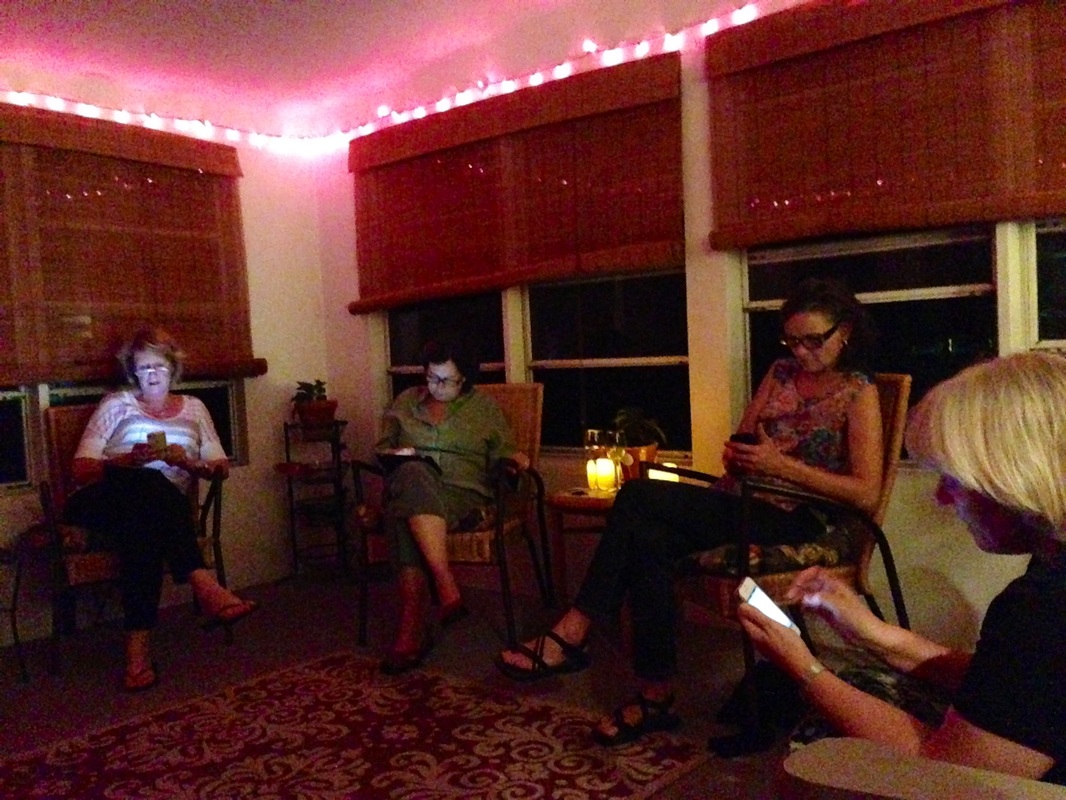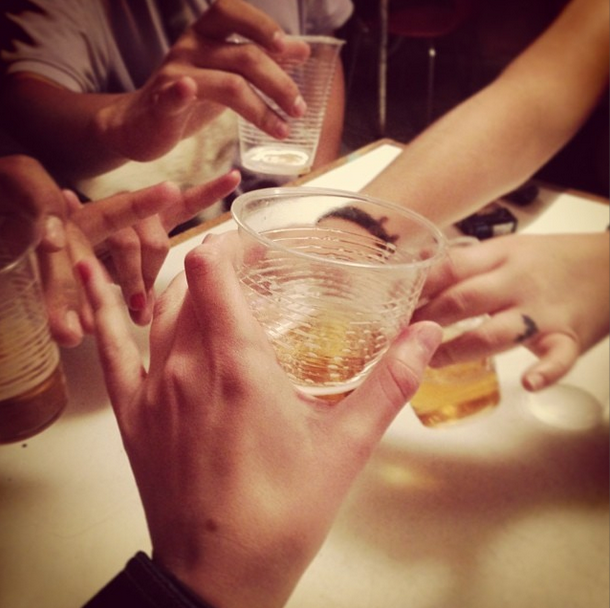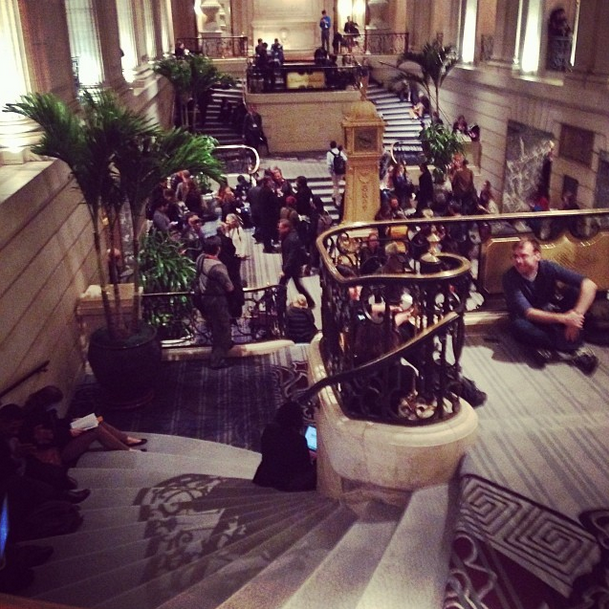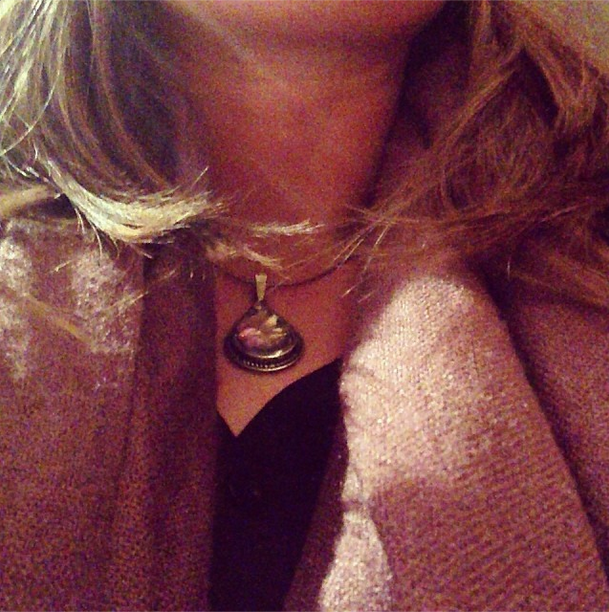As Henry Jenkins describes in the film Teenage Paparazzo, “When we gossip about someone, the person we're gossiping about is actually less important than the exchange that takes place between us. We’re using that other person—the celebrity, the town whore, or whatever—as a vehicle for us to share values with each other, to sort through central issues.
In many ways, the women use information from facebook to police the boundaries of their in-group, as well as what is acceptable social behavior and what is not. Though they all do so good-naturedly, and would never want this information to be learned by those they criticize, this gossip and criticism form a major part of their friendship bonds with each other. As such, social networking, and Facebook in particular contribute to a major way that these women learn information about the community, to be discussed in person.






 RSS Feed
RSS Feed
